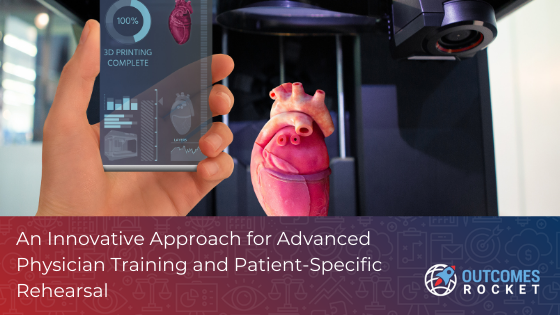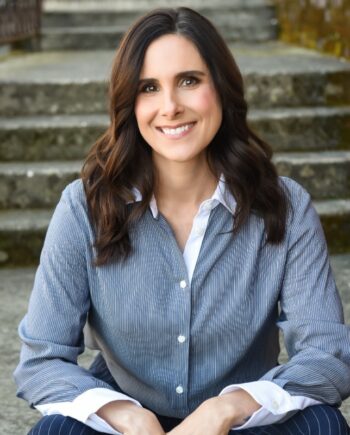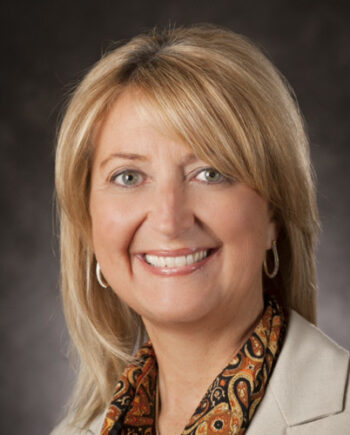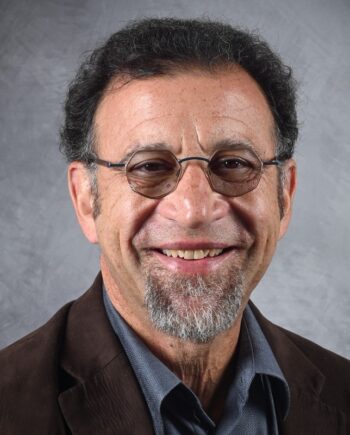
Despite technological advances that have brought the best diagnostic tools, advanced treatments, and cutting-edge equipment in medicine, surgical errors still pose a serious issue in healthcare.
In the United States alone, medical errors are the third leading cause of death, affect 400,000 patients annually and resulting in 100,000 annual deaths. At least 4,000 surgical errors occur each year.
Sarker and Vincent’s study on Errors in Surgery cited “inadequate skills and training” as one of the significant factors that affect decision-making and technical skill in surgery.
If it had been a couple of cases, the error could be attributed to the individual surgeon’s mistake. But with more than 4,000 surgical errors every year, this looks more like a system issue.
How can that be? Surgery is a dynamic field, and surgeons are continually innovating ways clinical care can be delivered.
Why is the training system inefficient? Could it be that our current system of training surgeons has not caught up with the advances in innovation?
Traditionally, difficult surgeries like cardiac surgery are learned in the operating room. Resident physicians train under supervision, performing portions of the surgery until they have mastered all parts and can complete one on their own.
But this kind of apprentice teaching is not sufficient to learn technical skills, so trainee surgeons practice on cadavers, animals, and through various surgical simulators.
Unfortunately, cadavers can be expensive and have a limited shelf-life. It also does not provide the texture, flexibility and tactile feedback needed in procedures like nerve blocks.
Animal testing is highly controversial, and though it contributes to creating cures and treatments, the testing process is cruel and inhumane.
Surgical simulators, though valuable in developing skills, do not re-create an anatomy’s real-life situation.
These limitations may leave doctors unprepared to perform complex surgeries and put some patients at risk.
Using advanced material 3D printing technology in training may help address the skill and training deficiencies and improve skills.
3D printing (also known as additive manufacturing or rapid prototyping) is the process of creating a three-dimensional object from a digital file.
Many industries have already adopted the use of this new technology, but the most exciting is its impact on healthcare.
Many experts believe that 3D printing will revolutionize the medical industry, and we have already seen some of the transformations in different fields.
A study on skin bioprinting showed its huge potential in fabricating more accurate skin cell types, precise constructs, and more realistic grafts that look and behave like natural skin.
Scientists at Princeton University have discovered that 3D printing can be used to create a functional ear that can hear radio frequencies better than the normal range capability.
Additive manufacturing also offers hope for eye cancer patients, providing a fast and inexpensive way to make the facial prosthesis.
It has also contributed significantly to the creation of better-performing orthopedic implants and prosthetics, dentures, and more.
One of the most recent applications of 3D printing is in advanced training and case specific rehersal. Biomodex is set to revolutionize training and change the way doctors approach complex procedures.
Biomodex is a digital health company that offers an innovative solution to physicians, interventionalists and surgeons alike for patient-specific rehearsal and advanced training.
Utilizing a unique advanced-material 3D printing process that integrates biomechanics and fluid dynamics as well as echogenicity via their proprietary technology to provide realistic haptic feedback, this company creates patient specific anatomy models or replicas that give physicians the same feel, texture, and feedback as a real patient.
“What we do is offer a practical solution to various medical specialties, surgeons and interventionalists to actually rehearse their specific cases, and test new tools before the actual procedures – with the goal of improving outcomes,” states Ziad Rouag, President and CEO of Biomodex.
3D printing is common in the medical industry, and it is a great tool to explain and teach patients about their disease.
Biomodex goes well beyond that.
“We’re a digital health company and we offer what we call enhanced 3D printing or 5D printing because rather than just do baseline 3D printing, we print in multi-materials. We print the actual anatomy, which anybody can do from a digital file. But we have a biomechanical algorithm, Invivotech® that gets added on top of that that gives you tissue properties. We also have a technology called ECHOTECH® that gives you echogenic imaging properties and so on. The entire system is packaged in a station which replicates fluid dynamics, providing a practical training and rehersal solution when used with the patient specific cartridge” explained Ziad further in our podcast interview.
The solution is highly portable and easy to use in a Cath lab or surgical setting.
The specific patient cartridge is ordered through a Web-based portal where the CT is uploaded online.
What comes back is a multi-material 3D model enhanced with imaging, fluid dynamics, and haptic feedback, a simulation of the organ that you will be operating in the coming days. The Station is the size of carry-on and can be shipped or carried.
What makes this patient-specific rehearsal unique is the physician can train with all the imaging and haptic feedback the day of or before to help prepare for the actual procedure, improve the learning curve, train psychomotor skills, reduce errors, and ultimately improve outcomes.
Ziad compared Biomodex to a flight simulator.
“We view ourselves more as a simulator, just like in a flight simulation. In the cockpit, they have all kinds of screens, a lot of input. They practice the flight, they can pick the runway, they can pick the weather conditions, the flight path, and so on.”
“We think fundamentally we can do for the healthcare industry what flight simulation has done for the airline industry, which is a significant reduction in accidents, near incidents and so on, and as simply a training and rehearsal tool for the pilots and for the physicians that are doing complex procedures that are fairly complicated and difficult and associated with a certain number of medical errors,” he continued.
With Biomodex patient-specific rehearsal, doctors can practice and prepare better for complicated and difficult procedures. The technology could also play a future role supporting the physician certification and credentialing, as well as R&D – to speed the development of new devices and technologies and help bring them to market faster. Not to mention reduction in animal studies.
“The long term goal is effectively to make this technology so ubiquitous, so standard, said Ziad “. Imagine that ten years from now, as cost come down and technology keep getting better, access will increase. Every single aneurysm procedure would be rehearsed by the interventionist, right before he/she does the case. This can become a standard of care in the industry impacting insurance companies from the liability perspective, hospital costs and reduction of morbidity and mortality.”
What an exciting possibility. With Biomodex, it becomes easier to raise the standard of preop rehearsal. We can also look to reduce surgical errors, utilize surgical time and cost more efficiently, and improve outcomes in patients.
That’s something to look forward to.
According to the 2020 Centers for Disease Control and Prevention report, roughly 34.2 million Americans have diabetes,...
Read MoreAs a farmer, Rod was used to long days. He worked 18 hours a day, 7 days...
Read MoreWith investors receiving hundreds of pitch decks every year, how do you create a compelling presentation that...
Read More
Brittany Busse Co-Founder, President, and Chief Medical Officer at
ViTelHealth


Stephen Thorne Founder and CEO at
Pacific Dental Services

Keith Carlson Nurse Career Coach